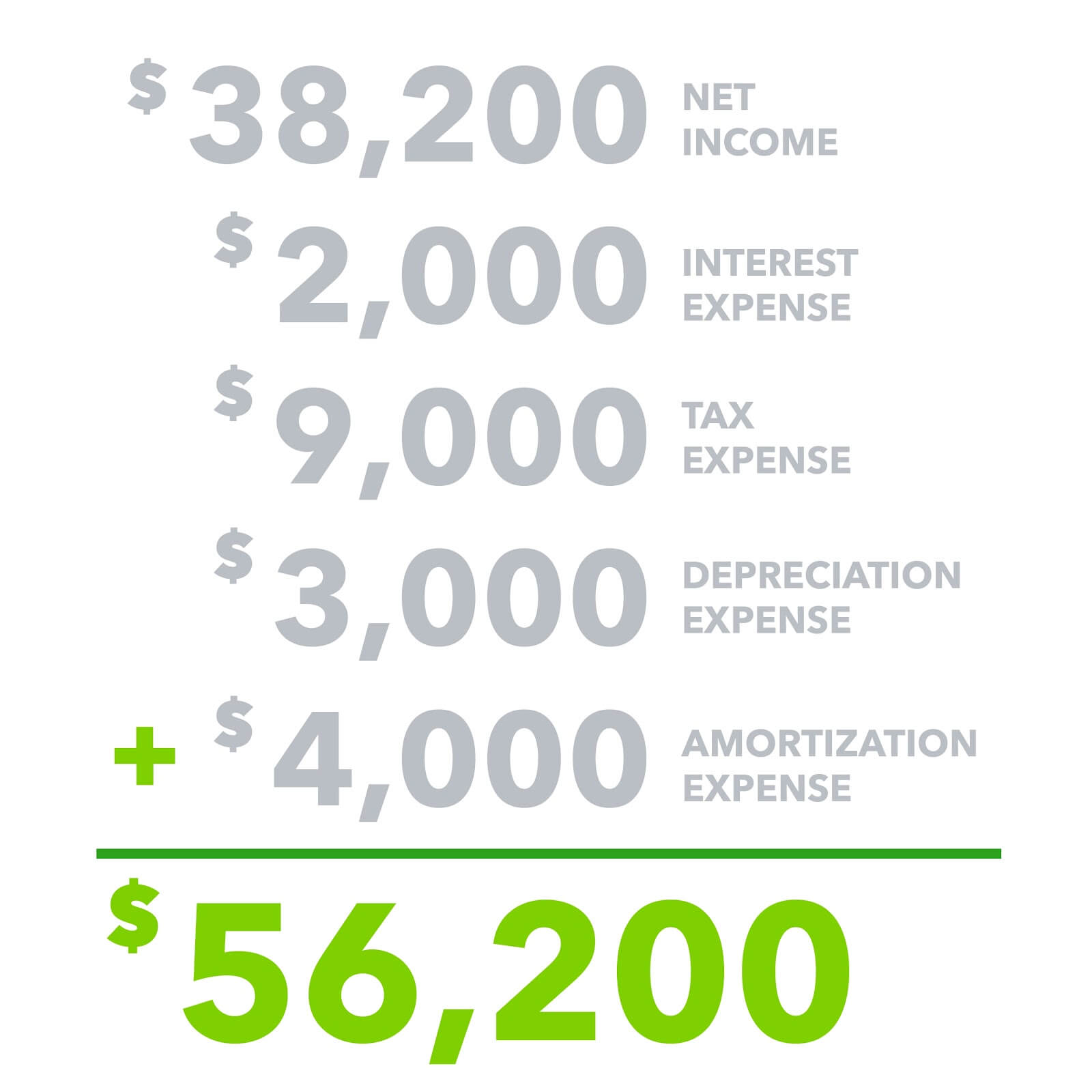How EBITDA and cash flow differ
Generally accepted accounting principles (GAAP) require companies to use the accrual basis of accounting to generate financial statements. Using the accrual method can generate large differences between EBITDA and cash flow.
The accrual method requires businesses to recognise revenue when they earn it and expenses when they incur revenue. Businesses don’t use cash inflows and outflows to determine revenue, expenses, or net income.
Assume that Premier purchases $1,000 in materials in January and pays $2,000 in labour costs in February to produce a piece of furniture. They finish the product and deliver it in early March for $4,200.
Accrual accounting requires Premier to post $4,200 in revenue and $3,000 in material and labour costs in March. Premier incurs other costs, including shipping, but the profit on the sale was $700.
This approach matches expenses and revenue in the same period and presents a more accurate picture of the profit.
What is GAAP?
Generally Accepted Accounting Principles, or GAAP, are a set of rules, standards, and principles that public companies must follow in some cases when making financial statements. GAAP rules guide you on how business transactions should be presented, disclosed, measured, and recognised on reports. GAAP also addresses revenue recognition, balance sheet, item classification, and outstanding share measurements.
Generally accepted accounting principles vary from country to country and currently there is not a universally accepted accounting recording and publishing system. For example, The GAAP was initially created in the United States and companies that have been publicly listed there need to follow, however, Canada also has its own GAAP.
EBITDA vs. cash flow
If you use the accrual basis to calculate net income, EBITDA will not reveal information about cash inflows and outflows.
The furniture sale example didn’t explain when Premier paid cash for the material and labour costs. Nor did it explain when the customer paid cash for the purchase. Premier earned a $700 profit, but the data provided didn’t explain the company’s cash inflows and outflows.
EBITDA is a useful tool to analyse profit but not cash flows. To understand a company’s cash position, review the statement of cash flows.














